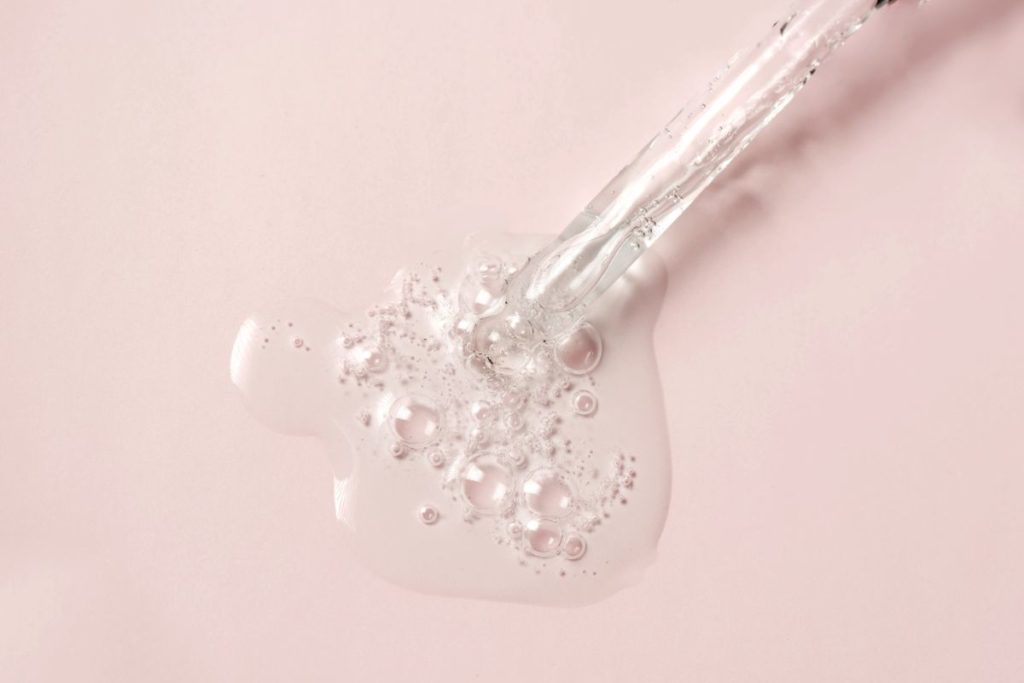Retinol sandwiching is a popular skincare technique that involves applying a layer of retinol serum, followed by a layer of moisturiser. This technique is said to help the skin absorb more of the beneficial ingredients from both products. While also reducing irritation and dryness caused by using retinol alone. But does it really work? In this blog post, we’ll explore what exactly retinol sandwiching entails and whether this method provides any real benefits for your skin. We’ll also talk about how you can incorporate this technique into your own skincare routine if you decide to give it a try. So let’s get started!
Firstly, lets re-cap on what retinol actually is…
Retinols are derivatives from Vitamin A. They can be found in many skincare products such as serums, creams, gels, oils. They also vary in strengths ranging from OTC formulations up to prescription strength topical medications known as Retinoic Acid Esters (RAE). Retinol works by stimulating cell production in the skin and improving collagen production. This helps to firm up skin and reduce wrinkles. In addition, retinol can help to even out skin tone, brighten dark age spots, and reduce inflammation.
When do we apply retinol?
We recommend applying retinol after your moisturiser at night, as it can be quite drying. It is most effective when the skin is not exposed to UV rays. During the day the sun’s UV rays can break down retinol, reducing its effectiveness and potentially causing skin irritation. Applying retinol at night allows it to work deeply into skin cells throughout the night as our skin rests and repairs.
Retinol Sandwiching
Retinol sandwiching is when retinol is applied after AND before moisturiser. Yes, that’s right – we go moisturiser > retinol > moisturiser. Why? Well, as this hero product can be very drying to the skin. Therefore, applying a layer of moisturiser beforehand will help to counteract some of this dryness. It will also help reduce irritation that can be caused by topical retinols. This makes the skin somewhat protected from what can be a harsh ingredient.
So once your first layer of moisturiser has been applied, it’s best to wait a few minutes for it to sink in before applying your retinol. Allow the skin to merge with the moisturiser, and provide the perfect base layer. Then, once your retinol has been applied, wait another few minutes before applying a second layer of moisturiser, allowing the skin to avoid the goodness! Adding another layer of moisturiser after retinol provides a hydrating seal over the products, encouraging full absorption but also ensuring the skin remains hydrated and calm.
Why do we want to use retinol?
When it comes to treating skin issues such as wrinkles, age spots and inflammation, retinol is one of the best ingredients out there. This powerful antioxidant can help reduce the signs of ageing by stimulating cell production in the skin and improving collagen production. However, applying retinol correctly is essential if you want to get the most out of this ingredient.
Which retinol should I be using?
As always, we recommend medical grade skin care when it comes to getting the best out of your skin. The renown brand Obagi provides retinol in multiple strengths. So you can start from the minimum percentage and build your strength upwards. We stock all retinol products at our leading London clinics.
For more skin care advice and tips, make sure you’re following us on our social channels! You’ll find advice, our very own before and after transformations and much more!
Visit our Instagram here: @simplyclinics
Back









